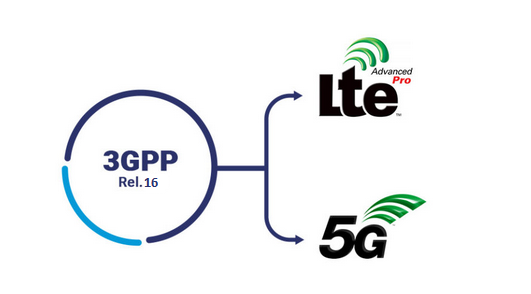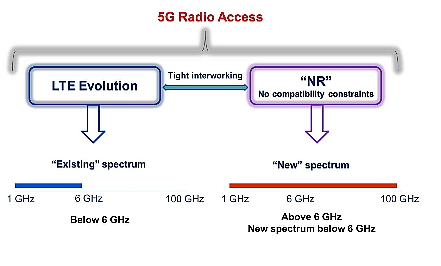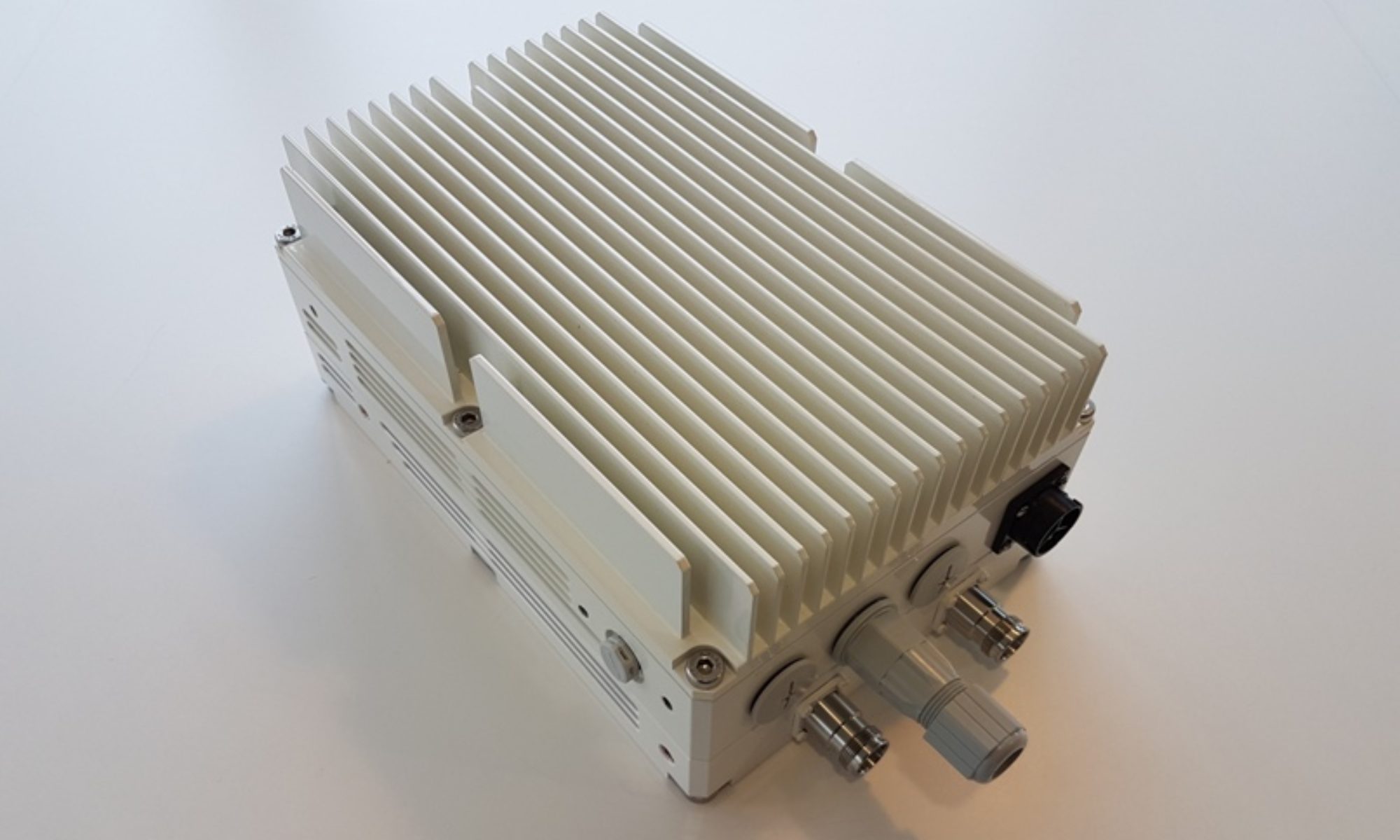5G NR (New Radio) is a new radio access technology (RAT) developed by 3GPP for the 5G (fifth generation) mobile network. It was designed to be the global standard for the air interface of 5G networks.
The 3GPP specification 38 series provides the technical details behind NR, the RAT beyond LTE.
The study on NR within 3GPP started in 2015, and the first specification release was made available by the end of 2017. While the 3GPP standardization process was ongoing, industry had already begun efforts to implement infrastructure compliant with the draft standard, with the expectation that the first large scale commercial launch of 5G New Radio would occur in 2019.

Frequency bands
The Frequency bands for 5G New Radio are being separated into two frequency ranges:[4]
Frequency Range 1 (FR1), including sub-6 GHz frequency bands
Frequency Range 2 (FR2), including frequency bands in the mmWave range (20-60GHz)

5G NR Development
In 2018, 3GPP published Release 15, which include what is described as “Phase 1” standardization for the 5G NR standard. 3GPP is expected to publish Release 16, which include the “Phase 2” of 5G NR, by the end of year 2019
5G NR Deployment modes
Initial launches will depend on existing LTE 4G infrastructure in non-standalone (NSA) mode, before maturation of the standalone (SA) mode with the 5G core network.
Non-Standalone mode
Non-Standalone (NSA) mode of 5G New Radio refers to an option of 5G NR deployment that depends on the control plane of existing LTE network for control functions, while 5G NR exclusively focused on user plane. The advantage of doing so is reported to speed up 5G adoption, however some operators and vendors have criticized prioritizing the introduction of 5G NR NSA on the grounds that it could hinder the implementation of the standalone mode of the network.
Standalone mode
Standalone (SA) mode of 5G New Radio refers to using 5G cells for both signalling and information transfer. It includes the new 5G Packet Core architecture instead of relying on the 4G Evolved Packet Core. It would allow the deployment of 5G without the LTE network. It is expected to have lower cost, better efficiency, and assist development of new use cases.
For Further Information
Please Contact Us
